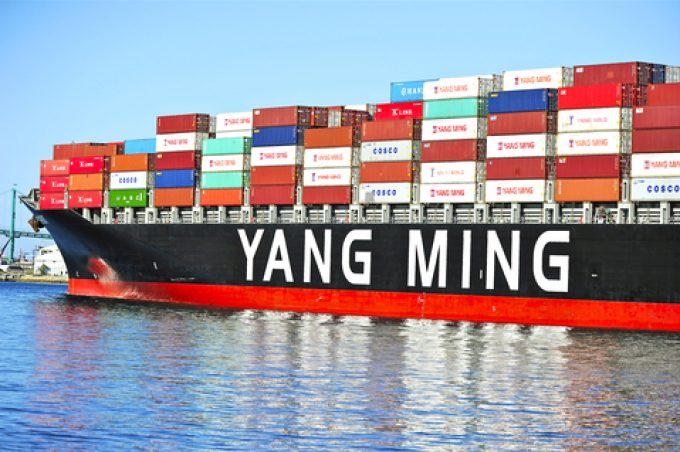Taiwanese shipping lines set to profit from proposed Vietnam tariff deal
Taiwan’s three largest liner operators are poised to gain from this week’s proposed tariff settlement ...

Yang Ming slid into the red in the final quarter of 2023, with a net loss of $43m after a profit of $483m in Q4 22, but the Taiwanese carrier managed to hold out for a full-year profit of $153m.
“Amid inflation ...

Comment on this article